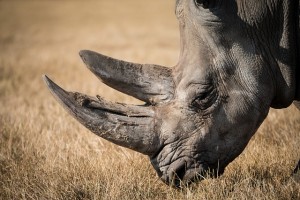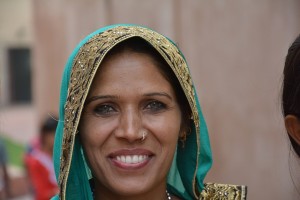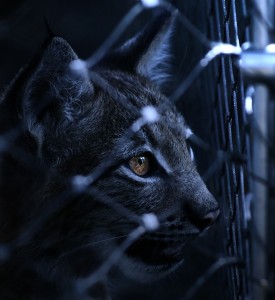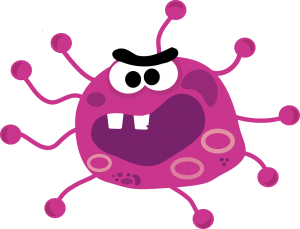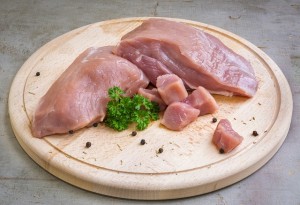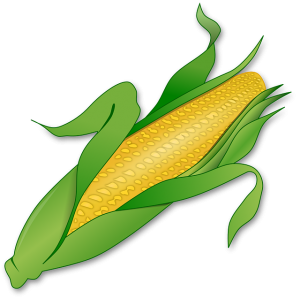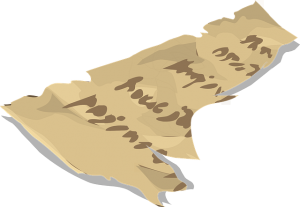Langston Hughes: A Poet’s Life
Chapter 7
Learning Goals
In this chapter, you will learn to:
- Read sight words and functional words
- Read words with or, ar, and er word patterns
- Read simple texts
- Identify main ideas, characters, and events from a reading
- Write complete sentences
- Write a short paragraph
Talk About It
- People of colour have to deal with unfair problems. What other groups of people have to deal with unfair problems?
- Langston never got married. Make a guess about why that might be.
Picture Dictionary |
||
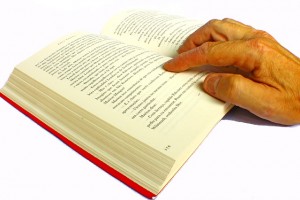 |
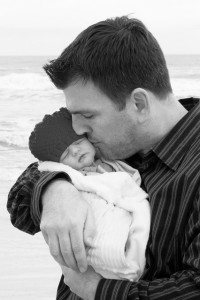 |
 |
| read | father | girl |
 |
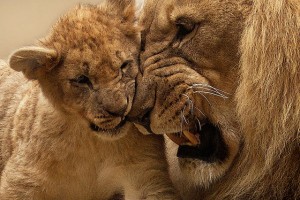 |
 |
| prize | young | broken |
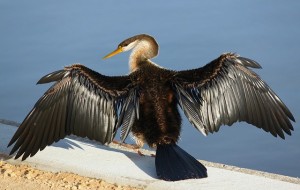 |
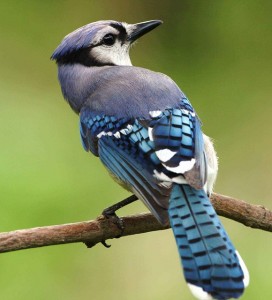 |
 |
| wing | bird | fly |
Put the above words in alphabetical order.
___________________________________________________________
___________________________________________________________
Make a sentence using one of the above words.
___________________________________________________________
___________________________________________________________
Word Skills
Word Patterns
The letter r changes the sounds that vowels make.
The letters or say /or/ like in horn.
The letters ar say /ar/ like in car.
The letters er say /ər/ like in her.
Practice reading these words.
| or | ar | er |
| born | far | verb |
| fork | start | fern |
| corn | dark | germ |
| form | hard | herb |
| pork | park | perk |
| fort | car | her |
| sort | art | term |
| torn | barn | person |
Read each sentence. Then cover it up. Try to write it. Use upper case letters correctly. Use periods and question marks correctly.
a. Park the car by the barn.
_______________________________________________
b. Put pork on your fork.
_______________________________________________
c. When were you born?
_______________________________________________
d. I do not like the dark.
_______________________________________________
e. Fill out this form.
_______________________________________________
You will see these words in the story. They all have the sounds /or/, /ar/, and /ər/.
| or | story | hard | ever | never | harder |
Use Your Reading Skills
Listen to Chapter 7. Then read Chapter 7 in BC Reads: Adult Literacy Fundamental English – Reader 2. As you read, ask yourself, “Does that make sense?”
Check Your Understanding
Write a sentence to answer each question. Use the underlined words to help make your answer.
1. Who were Langston’s love poems written to?
2. If Langston was gay, why do you think he did not tell people?
3. Who did Langston help when he became famous?
Read the poem “Dreams” with a partner. Talk about these questions.
4. Langston tells people to “Hold fast to dreams.” What do you think this means?
5. What is a broken-winged bird? How can life be like a broken-winged bird?
6. Do you think dreams matter? Why or why not?
7. What are your dreams?
Writing
Grammar Rule
A sentence has a complete thought or idea.
| We fed the ducks.
We fed. Fed the ducks. The ducks. |
This is a sentence.
What did you feed? This is not a sentence. Who fed the ducks? This is not a sentence. What about the ducks? This is not a sentence. |
Read the groups of words below. Circle the sentences.
1. The girl won a prize.
2. The bird.
3. In the dark.
4. The kids made a fort.
5. Is parking the car.
6. Eating corn.
7. The dress is torn.
8. He looked at the map.
9. Reading a book.
10. The barn.
Writing Task
You will write a paragraph about a time you felt like you did not fit in. It can help to talk about your ideas before you write. Find a classmate. Ask each other these questions.
Think of a time you felt like you did not fit in.
1. When was it?
2. Where were you?
3. Who were you with?
4. Why did you feel different?
5. How did you feel?
6. How did you deal with it?
7. What did you learn about yourself?
Write a short paragraph about a time you felt like you did not fit in. Include details like:
- What happened?
- Where did it happen?
- Why did it happen?
- How did you feel?
- How did you deal with it?
- What did you learn about yourself?
Remember:
– Use an upper case letter to begin each sentence.
– Use an upper case letter for the word I.
– Use an upper case letter for the names of people and places.
– End each sentence with a period or question mark.
– You may wish to type your paragraph on a computer.
Answer Key |
||||||||||
| Picture Dictionary | ||||||||||
|
||||||||||
| Word Skills | ||||||||||
| QUESTION | ANSWER | |||||||||
| 1 | barn | |||||||||
| 2 | dark | |||||||||
| 3 | germ | |||||||||
| 4 | fork | |||||||||
| 5 | fern | |||||||||
| 6 | pork | |||||||||
| 7 | park | |||||||||
| 8 | corn | |||||||||
| 9 | torn | |||||||||
| Check Your Understanding | ||||||||||
| QUESTION | ANSWER | |||||||||
| 1 | Langston’s love poems were written to a man. | |||||||||
| 2 | He did not tell people because they may not have paid him to write his poems. They may not have read his poems. | |||||||||
| 3 | Langston helped many young black writers. | |||||||||
| 4 | “Hold fast to dreams” means to hang on to your dreams. | |||||||||
| 5 | A broken-winged bird is a bird with a broken wing. Life can be like a broken-winged bird if you have no hope, because you have nothing to lift you up and carry you to better places. | |||||||||
| 6 | Answers will vary. | |||||||||
| 7 | Answers will vary. | |||||||||
| Writing | ||||||||||
| These are sentences: | ||||||||||
| 1 | The girl won a prize. | |||||||||
| 4 | The kids made a fort. | |||||||||
| 7 | The dress is torn. | |||||||||
| 8 | He looked at the map. | |||||||||
Attributions
See the Attributions page near the end of this book.

